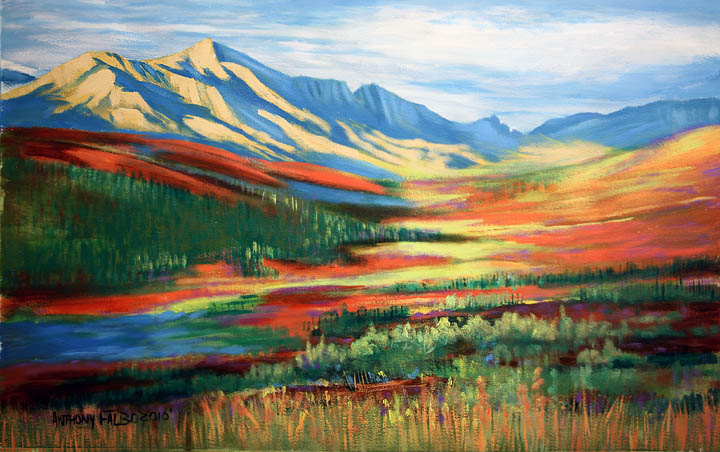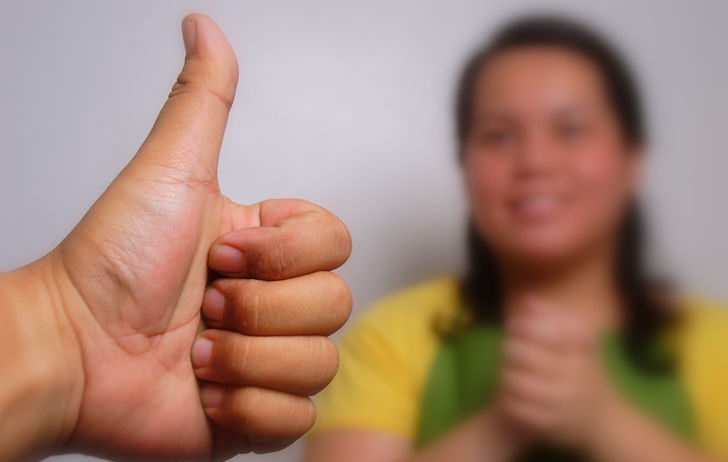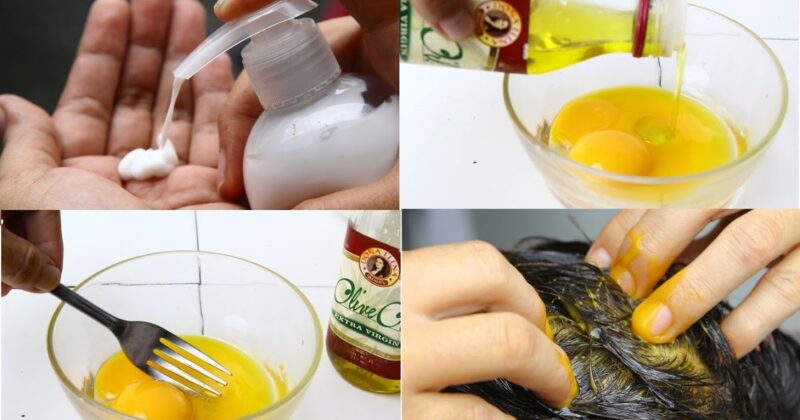There was a time when Islamic wall art at homes meant golden Arabic calligraphy on a black piece of fabric, taking inspiration from the colours of the drape covering the Ka’aba at the Grand Mosque in Makkah, to which Muslims turn themselves in prayer five times a day.The black fabric would be mostly made of silk or velvet on which verses of the Quran or narrations from the Hadith would be stitched with a golden thread. The budget options would apply golden sequins instead of threads for the calligraphy. The more artsy buyers looking for Muslim wall art would purchase colourful Turkish or Iranian wall carpets wherein the calligraphy would be neatly stitched into the middle are, surrounded by colourful motifs and elaborate, broad borders.
While traditional Islamic wall art such as those discussed above are still much held in regard and are in high demand acrosstheMuslim world, a new class of materials has emerged for what’s informally called modern Islamic wall art.
In modern Islamic wall art,the traditional colourful carpet or the golden-text-on-black-cloth makes way for canvases, leather, vinyl stickers, fine art paper and even metallic frames.Besides this new class of material, modern printing technologies are also used which consume less time and make mass reproductions easier.
In terms of art value, the mediums have their own individual aesthetic quotient and a comparison is uncalled for. A canvas print mimics a painting, a leather piece has a vintage appearance, and vinyl stickers have a minimalist appeal – the focus being on the calligraphic writing against a bare wall. Depending on one’s individual preferences and budgets (vinyl stickers are by far the cheapest; whereas canvases can be expensive for many), one can go for one medium over the other.
Modern Islamic wall artis different from its traditional counterpart not only in terms of means of production but also the sheer variety of text it offers to buyers. The Quran is replete with inspiring, uplifting verses, however, most traditional Islamic wall art has focussed on“4 Quls” (four small chapters of the Quran which begin with the word ‘qul’, Arabic for ‘say’), ‘Masha Allah’ (By the Will of Allah), ‘Alhamdulillah’ (Praise be to Allah), ‘Bismillah’ (In the Name of Allah), the ‘Shahadah’ (the oath of adhering to the Islamic faith) and the Ayat Al Kursi (the ‘throne verse’).
But these days one can find many lesser-known ayatsbeing written for use in modern Islamic wall art – ‘InniTawakaltual-Allah’ (‘Indeed, I have relied on Allah’), ‘Inna ma’alusriyusra’ (Verily with hardship comes ease) and ‘Hal jaza’ulihsaniillalihsan’ (Is there any reward for good but good?’) to name just a few. Most people choose the verse according to the space they want to place the artwork in. So, the gateway has ‘Haadha min Rabbi fadhli’ (This is by the Grace of Lord) while the foyer has ‘Alhamdulillah’ (Praise be to Allah). Buyers also place custom orders for the text they want to be displayed on their walls.
Most certainly, the world of Islamic wall art is set to grow, expand and diversify. If you are looking for Muslim wall art, you will surely be awed by the variety on offer.




